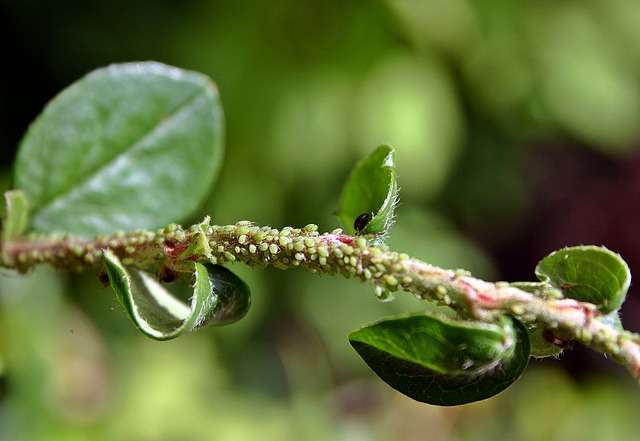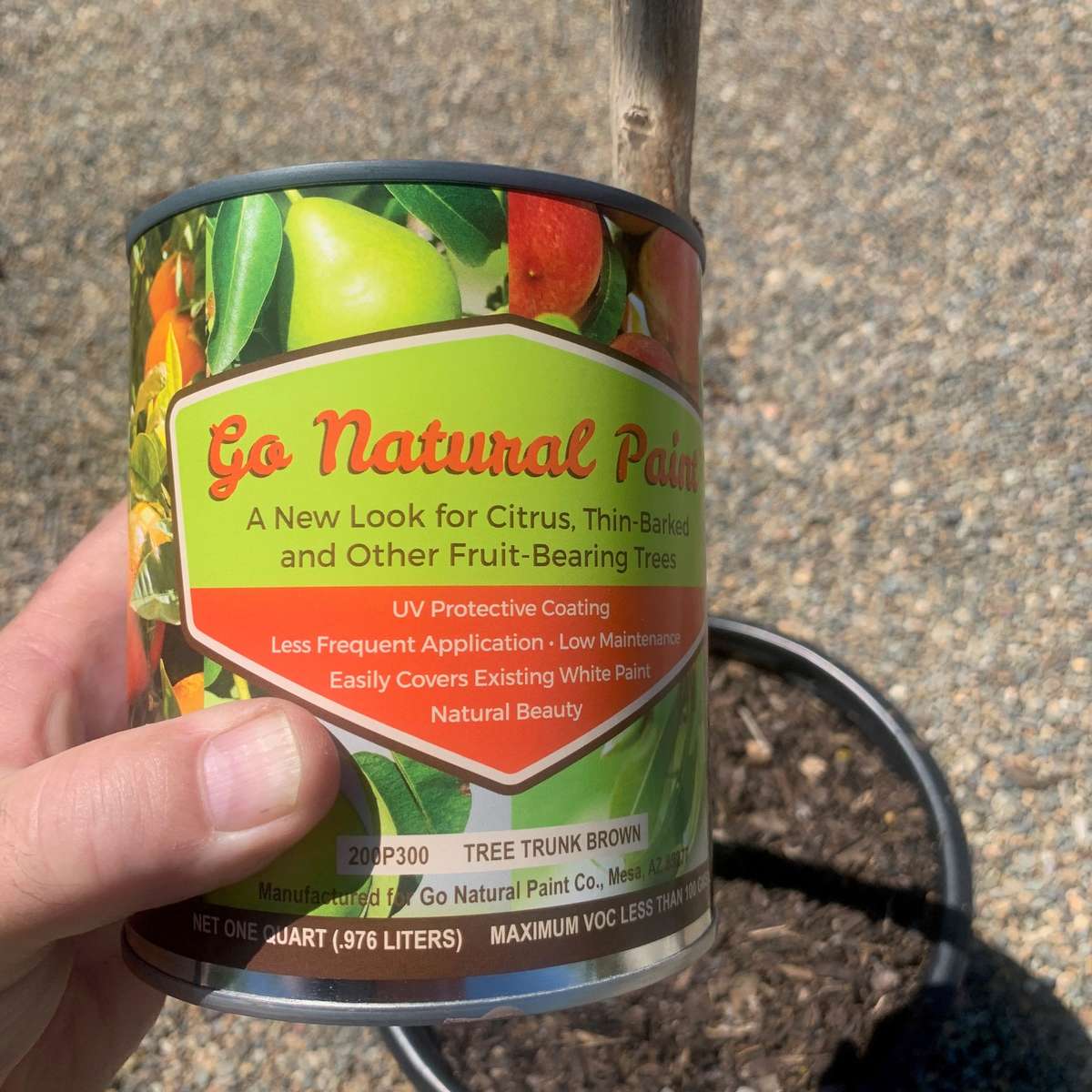
May Garden Solutions

Watering, Trunk Rx, and Pests
As summer arrives with warmer temperatures, our garden gurus have answers to questions about how to care for plants during this transition. For the month of May, we're providing advice about watering, tree trunk care, and pests.
Watering Tips
Plants need their entire root zones watered, and then the soil needs to dry out beneath the surface an inch or two before watering again. As everyone’s soil and everyone’s way of watering is different, it's a good idea to use a moisture meter to tell you exactly how deep you watered and when to water again.
Knowing how deep and when to water is important not only to avoid wasting water, but to maintain healthy plants. As we watch each drop of water carefully in our area, it's good to know that there are easy ways to monitor the moisture in the soil. And remember that our team is available to walk you through how much water your plants truly need, and the best irrigation methods to use in your yard.
Garden Tip: As plants grow, water at the farthest reaches of the plant canopy (the drip edge). Thirsty, hungry roots are at the drip edge, not at the trunk.
Knowing how deep and when to water is important not only to avoid wasting water, but to maintain healthy plants. As we watch each drop of water carefully in our area, it's good to know that there are easy ways to monitor the moisture in the soil. And remember that our team is available to walk you through how much water your plants truly need, and the best irrigation methods to use in your yard.
Garden Tip: As plants grow, water at the farthest reaches of the plant canopy (the drip edge). Thirsty, hungry roots are at the drip edge, not at the trunk.

Trunk Rx
Hot summer sun can be hard on young trunks. First year trees may not make a canopy large enough to shade the trunk. Our gurus recommend using our tree-safe paint to protect against sun damage. You can also reuse your frost cloth to provide shade from the harshest part of the day, usually four o'clock to sunset. Place frost cloth in front of the plant to block the sun, not on top of the plant.
Garden Tip: To keep all plants healthy, spread mulch! Mulch keeps soil cool, keeps irrigation in longer and suppresses weeds. Begin about six inches away from the trunk and spread out past the canopy or drip edge, apply a layer deep enough to stop the sun from getting through to the soil.
Garden Tip: To keep all plants healthy, spread mulch! Mulch keeps soil cool, keeps irrigation in longer and suppresses weeds. Begin about six inches away from the trunk and spread out past the canopy or drip edge, apply a layer deep enough to stop the sun from getting through to the soil.
Aphids, Whiteflies & Thrips
Aphids, whiteflies and thrips may be at high levels and need control. These soft bodied insects signal a need to check on your plant’s health as stressed plants invite problems. Be sure you are watering deeply but not constantly, stick to organic fertilizers, and add mulch. Removing the most heavily infested leaves is helpful.
For outbreaks, both Neem Oil and Horticultural Oil are excellent and safe. Follow label directions for the best results. If you see ants going onto the plant and bringing in aphids or other insects, rely on ant bait stations and Tanglefoot® (a tree wrap to prevent insects from walking up the trunk). Monitor new growth for signs of new infestations of aphids, whiteflies and thrips to know when to treat again.
Garden Tip: Consider plants that welcome beneficial insects to patrol the garden for you: Attracting Beneficial Insects.
For outbreaks, both Neem Oil and Horticultural Oil are excellent and safe. Follow label directions for the best results. If you see ants going onto the plant and bringing in aphids or other insects, rely on ant bait stations and Tanglefoot® (a tree wrap to prevent insects from walking up the trunk). Monitor new growth for signs of new infestations of aphids, whiteflies and thrips to know when to treat again.
Garden Tip: Consider plants that welcome beneficial insects to patrol the garden for you: Attracting Beneficial Insects.

Thrips on a Cactus Flower

